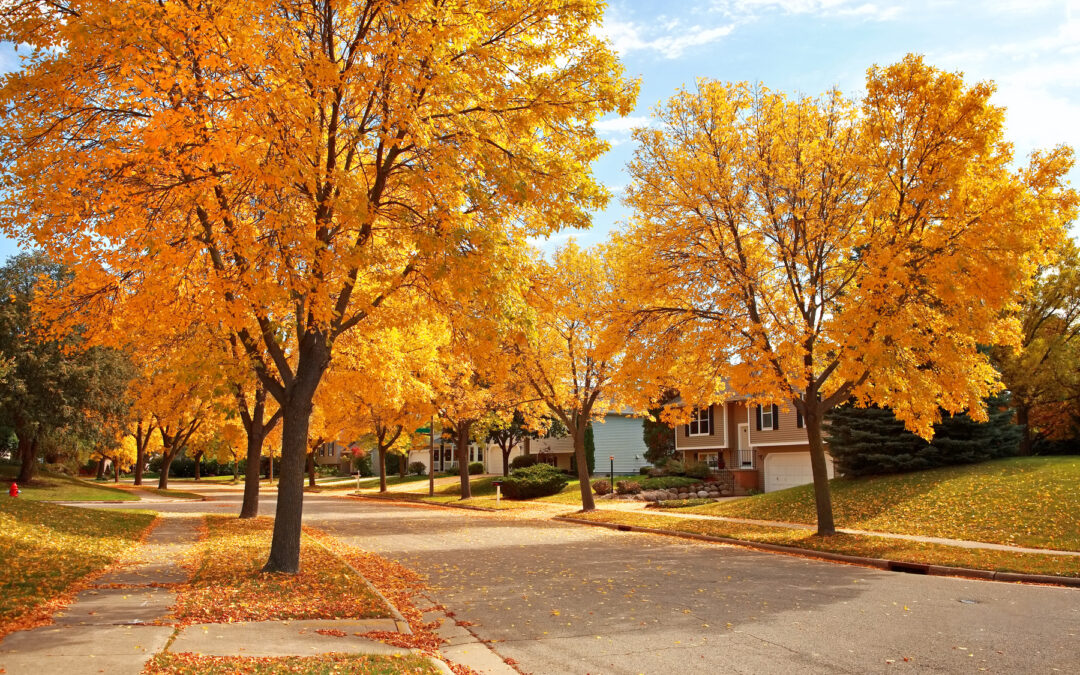As the effects of the pandemic are nearing their end, three out of four major U.S. regions saw a dip in sales (month-over-month) as well as the median prices for homes. Existing-home sales dipped 1.5 percent from August and 23.8 percent from 2021. While nearly every region showed signs of returning stability in its housing market, the West held steady.
Inflation and Rising Rates
While experts anticipate housing prices to keep falling, mortgage rates are not likely to drop anytime soon. Rapid inflation is the driving cause behind The Federal Reserve’s continued interest rate hikes. In September, The Fed increased interest rates yet again by another 75 basis points (0.75%) with the target of raising base interest rates to between 3 and 3.25 percent.
This has resulted in mortgage rates rising across the nation. As a result, existing home sales dipped further in September for the eighth month in a row. Housing markets across the nation will continue to shift towards a stable state should The Fed increase the rates any further to stifle rising inflation.
The Northeast’s Numbers for Q3
Much like the rest of the nation, the Northeast felt its own decline during the third quarter. Existing home sales slipped down to an annual rate of just 610,000 for the month of September. This is a 1.6 percent decrease from August, and when compared to this time last year, a relatively sizable drop of 18.7 percent.
Nevertheless, the median home price across the midwest was on the rise compared to the prices in September 2021. They lingered at a somewhat hefty $418,500, which was an increase of 8.3 percent from a year ago. This can put a cramp on those who are still trying to find their dream home in the midst of growing inflation and tighter budgets.
The West’s Numbers for Q3
While the other markets seemed to slide a bit during this quarter, the West remained surprisingly stable for Q3. As it stands, current existing home sales in this region remained the same as last month’s numbers, pulling a fairly impressive rate of 880,000 for the month of September. Nonetheless, this is a decrease of 31.3 percent from this time last year.
That said, the median home price here was up 7.1 percent over September 2021, with prices falling down to $595,400. No doubt, this is likely largely in part due to the fact that even though there is still a fairly sizable degree of economic uncertainty due to inflation, the current strong job market is keeping the demand for housing relatively stable, all things considered.
The Midwest’s Numbers for Q3
The market showed some signs of slowing down in the Midwest, as well. In this market, the third quarter numbers showed a drop of 1.7 percent from August, revealing an annual rate of 1.14 million homes in the month of September. This was a drop of 19.7 percent from this time last year, reflecting a much larger trend of backsliding in most markets.
What remained consistent, though, was the median home price in the Midwest. This is proving to be a sellers’ and builders’ market and not a buyers one, as the median price was up 6.9 percent over last year. Numbers here were more affordable than in other regions, driving up demand, but still approached $281,500 as the median home price for the Midwest.
The South’s Numbers for Q2
Even though rentals seem to be growing in demand in this current economy, buyers’ interest in single-family homes remained evident in the South. The median home price for houses surged in the third quarter, reaching a price of $351,700. To put it into perspective, this was an increase of 11.8 percent when compared to this time last year.
Nonetheless, existing home sales did drop slightly in September when compared to August. The annual rate here was just 2.08 million, a decrease of 1.9 percent. Still, this doesn’t mean it’s going to be all bad news for optimistic buyers, as the active for-sale homes of sellers looking for buyers remained up around 27 percent over September 2021.
Mortgage Rates
Part of the struggle that buyers are facing can be traced back to current mortgage rates. At this time, they continue to climb and remain higher than the lows of early August. Then, it was just under 5 percent, and today it hovers at around 7 percent. This is despite an increase in the 10-year Treasury yield.
Buyers are advised to remain comfortable with this current number, though, as the 7 percent benchmark can become the gold standard for future mortgage rates. It’s not that far off from the rates back in the late 90s and early 2000s, so it’s certainly nothing new. For aspiring homeowners, this means that a little creative budgeting may be needed.
The Overall Future of the Market
Housing markets across the nation will continue to balance out as inventory continues to grow and demand for homes stabilize. Interest rates will likely go up for the foreseeable future as inflation continues to impact the market—affecting both buyers and sellers. Buyers and sellers should keep a close eye on the state of the market and speak with their agents to determine the best time to buy or sell.


Recent Comments